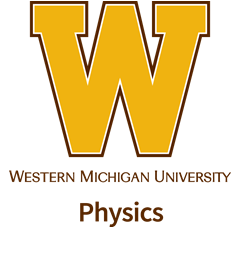Speaker
Dr
Jagjit Kaur
(Western Michigan University)
Description
To model the spectral features observed with astronomical observatories, an accurate and complete description of relevant atomic processes occurring in stellar environments is required. Among these are the important dielectronic recombination (DR) and radiative recombination (RR) processes, which we have investigated for the entire silicon-like isoelectronic sequence. We report reliable DR and RR rate coefficients that are used in spectral modeling codes to determine chemical abundances of elements in photoionized and collisionally ionized plasmas. These theoretical investigations also serve as a benchmark for measurements being carried out at national and international accelerator laboratories.
In our study, a perturbative, multi-configurational Breit-Pauli (MCBP) method, implemented within an atomic structure and collision code, AUTOSTRUCTURE, is used to compute the DR and RR rate coefficients for the ground and metastable initial levels of silicon-like ions that are relevant to astrophysical and magnetic fusion plasmas. The final DR results are also compared with available experimental results and are found to be in overall good agreement. A further investigation used the multi-configurational Hartree-Fock (MCHF) method to determine the low-lying resonance positions of $\rm{S^{+}}$. These play an important role in the low-temperature DR of $\rm{S^{2+}}$ in the Orion Nebula where the rate coefficient is sensitive to the theoretically predicted resonance energy values. This work is part of an assembly of a DR database required in the modeling of dynamic-finite density plasmas.
Author
Dr
Jagjit Kaur
(Western Michigan University)
Co-author
Prof.
Thomas Gorczyca
(Western Michigan University)

